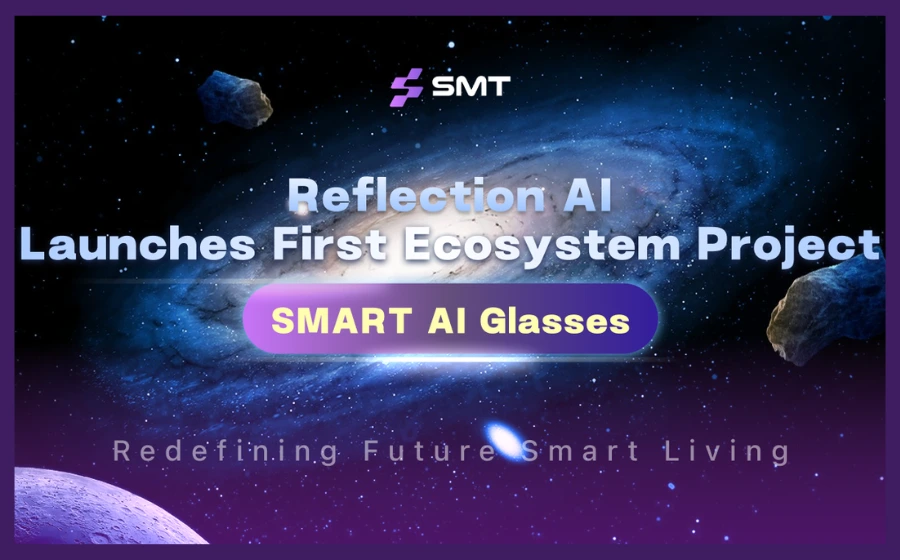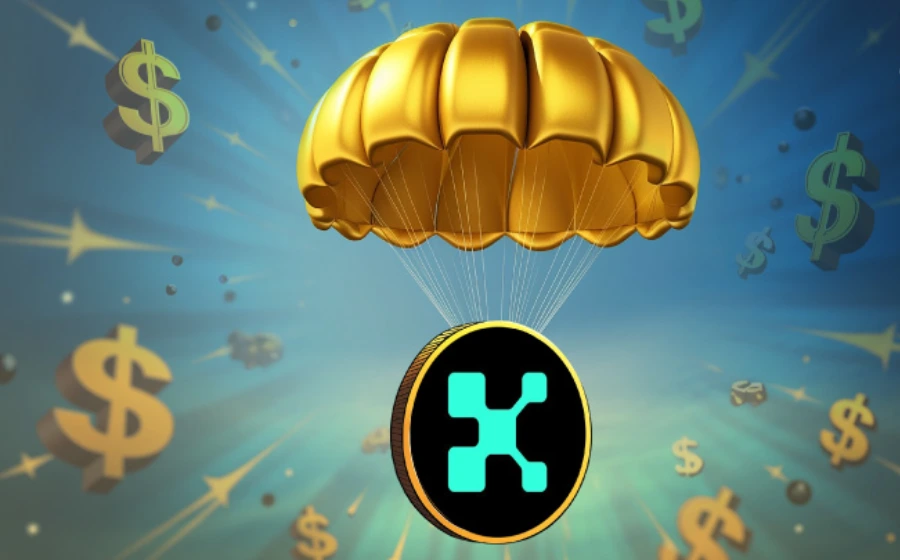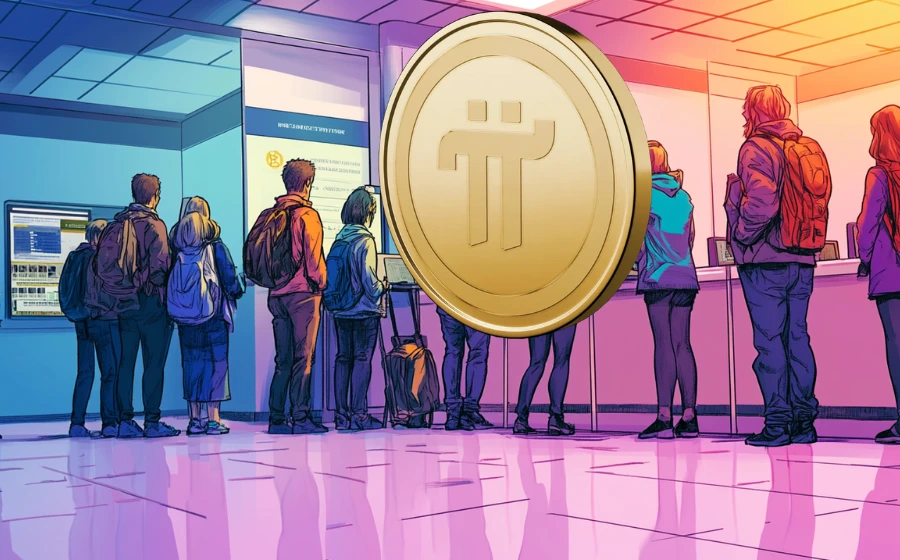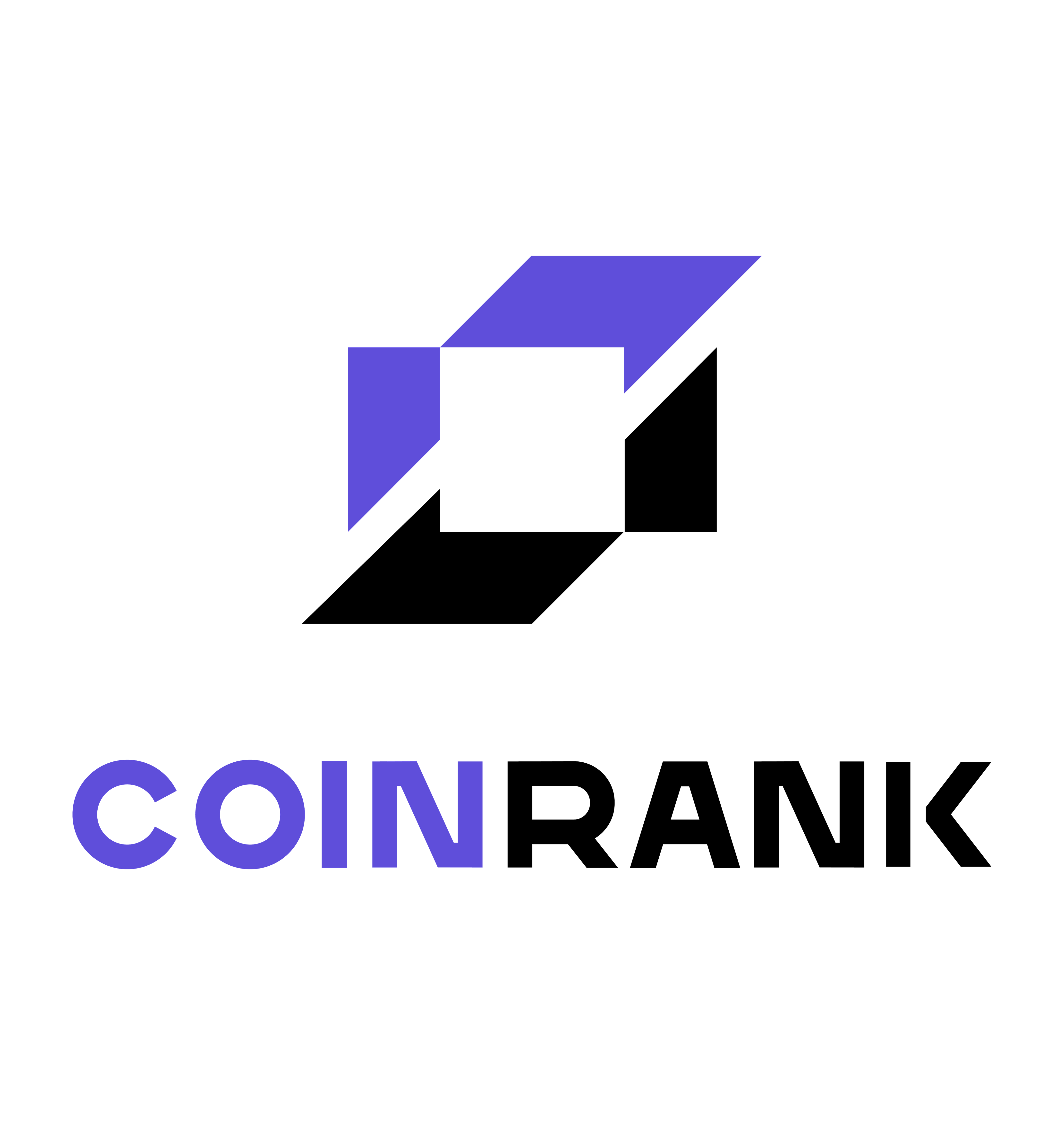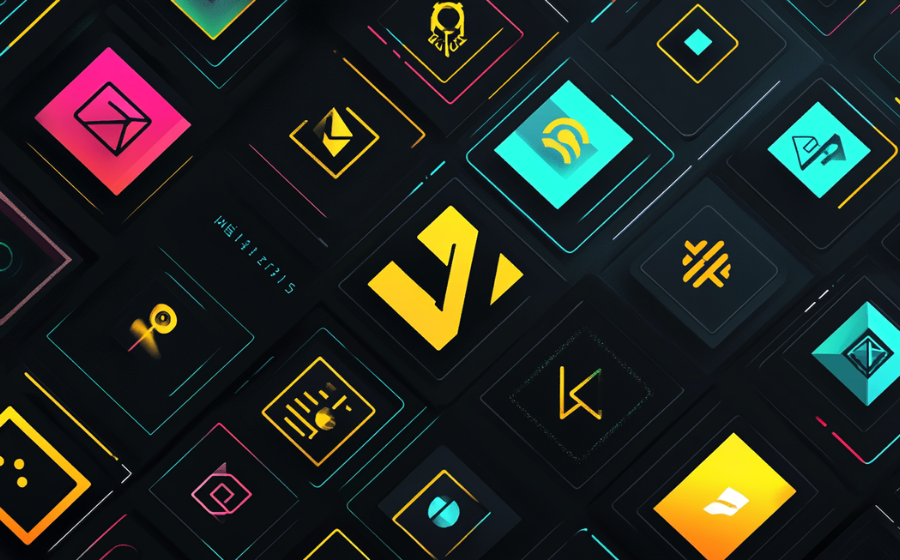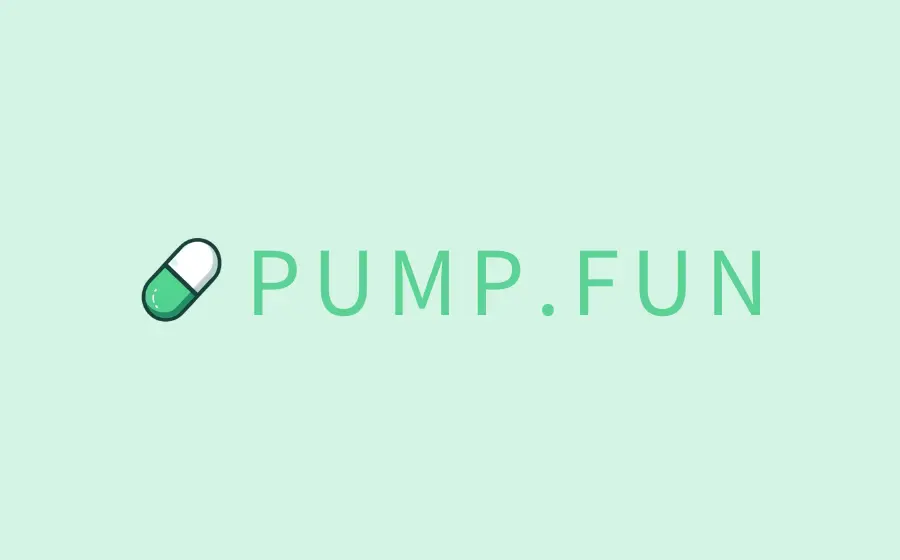
KEYTAKEAWAYS
- RaaS platforms simplify blockchain scaling by providing ready-to-use tools and infrastructure, allowing developers to implement rollups without deep technical expertise.
- The technology offers significant cost savings and improved performance through Layer 2 scaling, making decentralized applications more accessible to mainstream users.
- While RaaS faces challenges around centralization and security, its potential to accelerate Web3 adoption makes it crucial for blockchain's future.

CONTENT
Explore how Rollup as a Service (RaaS) revolutionizes blockchain scalability by offering customizable, cost-efficient solutions that enable developers to build high-performance dApps while maintaining security and decentralization.
The rapid expansion of Web3 is reshaping how we interact with the digital world, creating new opportunities but also introducing challenges—especially in scaling blockchain networks to support increasing user demand. Decentralized applications, or dApps, are becoming more sophisticated, offering users functionalities previously unimaginable in traditional systems. Yet, as the ecosystem grows, so do its limitations, such as network congestion, high transaction fees, and slower confirmation times. This is where Rollup as a Service (RaaS) steps in, offering a powerful solution for scalability while maintaining decentralization and security.
In this article, we’ll explore what RaaS is, why it’s important, and how it works, as well as the opportunities and challenges it presents in the rapidly evolving Web3 landscape.
WHAT IS ROLLUP AS A SERVICE
Rollup as a Service simplifies the adoption of rollup technology, a type of layer 2 (L2) scaling solution, by allowing developers to seamlessly integrate these features without diving into the technical complexities. As a result, projects of any size can improve transaction throughput, lower costs, and enhance user experience, all while preserving the decentralized nature of blockchain networks.
There are two primary types of rollups: optimistic rollups and zero-knowledge (ZK) rollups. Optimistic rollups assume that all transactions in a batch are valid unless proven otherwise. They rely on fraud proofs, where participants can challenge incorrect transactions. In contrast, ZK rollups use advanced cryptography to validate transactions with mathematical proofs, ensuring accuracy without requiring constant monitoring.
By abstracting these mechanisms, RaaS platforms make rollup technology accessible to developers who may lack the resources or expertise to build their own scalability solutions. This plug-and-play approach allows teams to focus on innovation and user experience rather than the intricacies of blockchain infrastructure.
HOW RAAS WORKS
Rollups-as-a-Service (RaaS) platforms simplify the process of creating and implementing scalable blockchain solutions for Web3 developers. By providing a complete toolkit, these platforms eliminate much of the complexity involved in building rollups from scratch.
The onboarding process begins with projects signing up with a RaaS platform. This grants them access to a full stack of software development kits (SDKs), templates, and plug-and-play tools designed to make development seamless. These resources act as the foundation for creating custom rollups that suit a project’s specific requirements.
To ensure modularity and scalability, RaaS platforms enable the integration of various components essential to a rollup’s functionality. This includes data availability (DA) layers, sequencers, and settlement layers, as well as third-party tools like blockchain explorers, wallets, and account abstraction (AA) services. These integrations enhance the functionality of rollups and allow projects to combine the best components for their specific use cases.
For developers, integrating RaaS into their dApps is straightforward. Providers offer APIs and tools that abstract the technical details, allowing projects to add scaling features with minimal effort. This ease of use is a significant advantage, particularly for small teams and startups that may lack the resources to build their rollup solutions.
THE ADVANTAGES OF ROLLUP AS A SERVICE
RaaS introduces a range of benefits that make it a game-changer for the Web3 ecosystem.
A key feature of RaaS is customization. Developers can tailor rollup chains to align with the needs of their dApps, including adjusting security parameters, transaction fees, performance metrics, and transaction processing capacity. This flexibility allows projects to create solutions that address their unique demands, whether that’s optimizing for speed, reducing costs, or enhancing security.
Once deployed, RaaS platforms provide monitoring and maintenance services to ensure optimal performance and security. Regular updates, bug fixes, and ongoing support help maintain the reliability of the rollup, giving developers peace of mind as they focus on building their applications.
Another crucial aspect of RaaS is its ability to scale and adapt as projects grow. As traffic increases or transaction demands rise, RaaS platforms allow the network to scale, optimizing speed and throughput. This ensures that the rollup remains effective and efficient, even as the project attracts more users and processes larger transaction volumes.
Last but not least, another advantage of RaaS is cost efficiency. Transaction fees on L1 networks can be prohibitively high, especially during periods of high demand. By reducing the number of transactions submitted to the L1 blockchain, RaaS minimizes these fees, making decentralized services more affordable for users.
From a developer’s perspective, the accessibility of RaaS is a major selling point. Building a custom rollup solution requires extensive knowledge of blockchain architecture and cryptography. RaaS eliminates this barrier, enabling developers to focus on creating innovative applications rather than worrying about scalability.
For end users, the benefits are equally compelling. Fast, low-cost transactions improve the usability of dApps, making them more appealing to mainstream audiences. Whether it’s trading cryptocurrencies, playing blockchain-based games, or minting NFTs, users can interact with dApps seamlessly, without delays or exorbitant fees.
CHALLENGES AND RISKS OF RAAS
While the potential of RaaS is undeniable, it has its challenges. One of the primary concerns is centralization. Although rollups are designed to be decentralized, relying on a single RaaS provider could create a point of failure. This risk underscores the importance of selecting providers that prioritize transparency and decentralization.
Security is another critical consideration. While rollups inherit the security of the L1 blockchain, vulnerabilities in the smart contracts governing the rollup could be exploited by malicious actors. Rigorous auditing and robust design are essential to mitigate these risks.
The competitive nature of the RaaS market also presents challenges. With multiple providers vying for dominance, projects must carefully evaluate their options to find a solution that aligns with their goals and values.
Finally, the relative novelty of RaaS means that adoption is still in its early stages. Educating developers and users about the benefits of rollup technology will be crucial to its widespread acceptance.
THE ROAD AHEAD FOR RAAS
Despite these challenges, the future of Rollup as a Service looks bright. As Web3 continues to evolve, the demand for scalable, user-friendly solutions will only increase. RaaS has the potential to become a cornerstone of the decentralized internet, enabling projects to scale efficiently while preserving the core principles of blockchain technology.
Looking ahead, the success of RaaS will depend on collaboration between providers, developers, and the broader Web3 community. By addressing scalability bottlenecks and lowering barriers to entry, RaaS can accelerate the adoption of decentralized technologies and bring us closer to a truly open and inclusive digital future.
In a world where Web3 applications are poised to redefine how we interact with the internet, Rollup as a Service offers a glimpse into what’s possible when innovation meets accessibility. As the technology matures, it has the potential to not only solve the scalability challenges of today but also unlock new possibilities for the decentralized ecosystems of tomorrow.
▶ Buy Crypto at Bitget
CoinRank x Bitget – Sign up & Trade to get $20!
